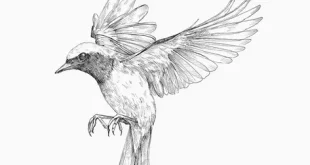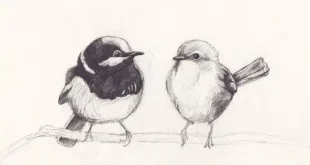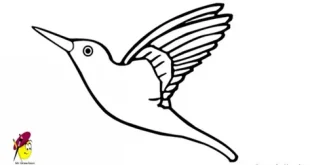Hornbills: The Majestic Guardians of the Forest
Horn Bill Birds are one of nature’s most fascinating and distinctive bird species, known for their oversized bills, vibrant plumage, and remarkable nesting behavior. Belonging to the family Bucerotidae, these exotic birds are distributed across Africa, Asia, and some Pacific islands.Horn Bill Birds unique adaptations, ecological importance, and cultural symbolism make them a truly extraordinary part of the natural world. This article explores their habitat, behavior, feeding habits, cultural relevance, and conservation challenges.
1. Horn Bill Birds Habitat and Global Distribution

Hornbills are widely found across tropical and subtropical regions, including dense rainforests, open woodlands, grasslands, and savannas. While African hornbills like the Southern Ground Hornbill thrive in open landscapes, Asian hornbills—such as the Great Hornbill and Rhinoceros Hornbill—prefer lush forests with tall, mature trees.
Their habitats play a critical role in their survival. Hornbills require large trees for nesting and abundant fruit-bearing plants for sustenance. Species diversity is highest in Southeast Asia, with countries like India, Thailand, and Malaysia home to some of the world’s most striking hornbill varieties. Their preference for undisturbed habitats makes them indicators of healthy forest ecosystems.
2. Horn Bill Birds Distinctive Physical Features
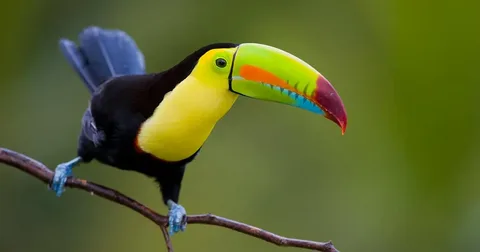
Hornbills are instantly recognizable due to their long, curved bills and prominent casques—a hollow, helmet-like structure on top of the bill. These features, though visually dramatic, serve multiple purposes: amplifying calls, attracting mates, and even aiding in combat during territorial disputes.
Their plumage ranges from vivid yellows and reds to elegant shades of black and white, varying by species. Hornbills possess strong wings adapted for gliding between trees and robust tails that assist in balancing while perched.
Another fascinating trait is their unique nesting behavior. During breeding season, the female hornbill seals herself inside a tree cavity using mud, droppings, and food remains, leaving only a narrow slit through which the male delivers food. This remarkable adaptation protects the mother and chicks from predators until they are ready to emerge.
3. Feeding Habits and Ecological Role Horn Bill Birds
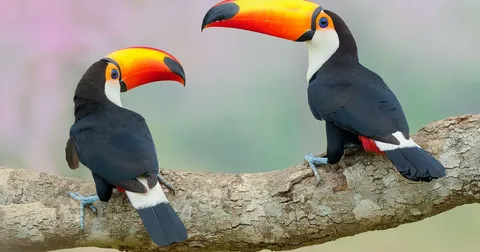
Hornbills are omnivorous birds, feeding primarily on fruits, berries, seeds, and figs, but their diet also includes insects, reptiles, and small mammals. Their strong bills allow them to pluck fruits from high branches and catch agile prey with precision.
As major seed dispersers, hornbills play a critical role in maintaining the balance of tropical forests. After consuming fruits, they excrete seeds far from the parent tree, facilitating forest regeneration and biodiversity growth. In some ecosystems, hornbills are considered “farmers of the forest” because many plant species depend entirely on them for reproduction.
Their feeding patterns also influence the availability of food for other animals, indirectly supporting a wide network of species within the ecosystem. Without hornbills, many forests would lose their capacity for natural renewal.
4. Cultural Importance and Symbolism
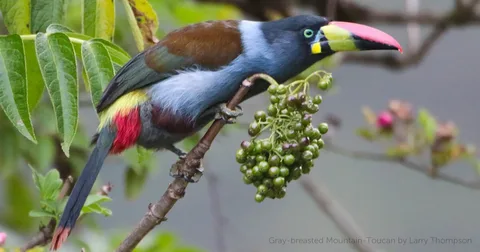
Hornbills hold deep cultural and spiritual significance in various communities, especially in Asia and Africa. In Nagaland, India, hornbills are revered and celebrated during the Hornbill Festival, symbolizing fertility, strength, and prosperity.
Their striking appearance has also made them a national emblem in several countries. For instance, the Rhinoceros Hornbill is the state bird of Sarawak, Malaysia, and represents unity between humans and nature. The symbolic connection between hornbills and cultural identity highlights their importance beyond ecology, linking them deeply to human heritage.
5. Conservation Challenges and Protection Efforts
Despite their significance, hornbills face growing threats from deforestation, poaching, and climate change. Large-scale logging and agricultural expansion have led to the loss of ancient trees essential for their nesting. Additionally, hunting for their casques and feathers—used in ornaments and traditional practices—has pushed several species toward endangerment.
Notable species like the Helmeted Hornbill are now critically endangered due to illegal poaching driven by the high demand for their casques, which are carved into decorative items. Conservation efforts focus on:
- Habitat preservation through forest protection and reforestation
- Anti-poaching initiatives to curb illegal wildlife trade
- Community education programs to raise awareness of their ecological importance
- Captive breeding projects aimed at repopulating vulnerable areas
International collaborations between governments, NGOs, and local communities are proving essential in safeguarding hornbill populations. Ecotourism has also emerged as a sustainable approach, creating incentives for preserving these remarkable birds.
Conclusion
Hornbills are far more than strikingly beautiful birds—they are keystone species vital to forest survival and rich symbols of cultural heritage. Their extraordinary adaptations, from giant casques to unique nesting behaviors, set them apart as marvels of evolution. Yet, their existence hangs in the balance due to human activity and environmental changes.
Protecting hornbills means protecting the forests they inhabit and, ultimately, preserving the biodiversity upon which life depends
 Birds Drawing Birds Drawing
Birds Drawing Birds Drawing

